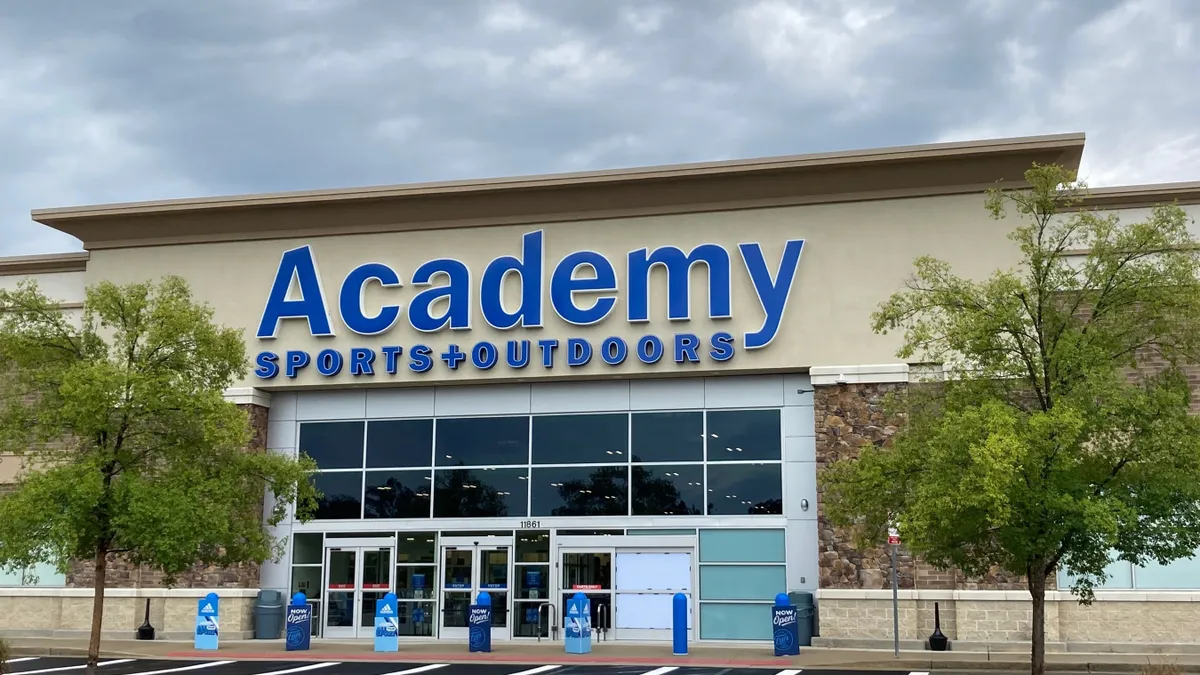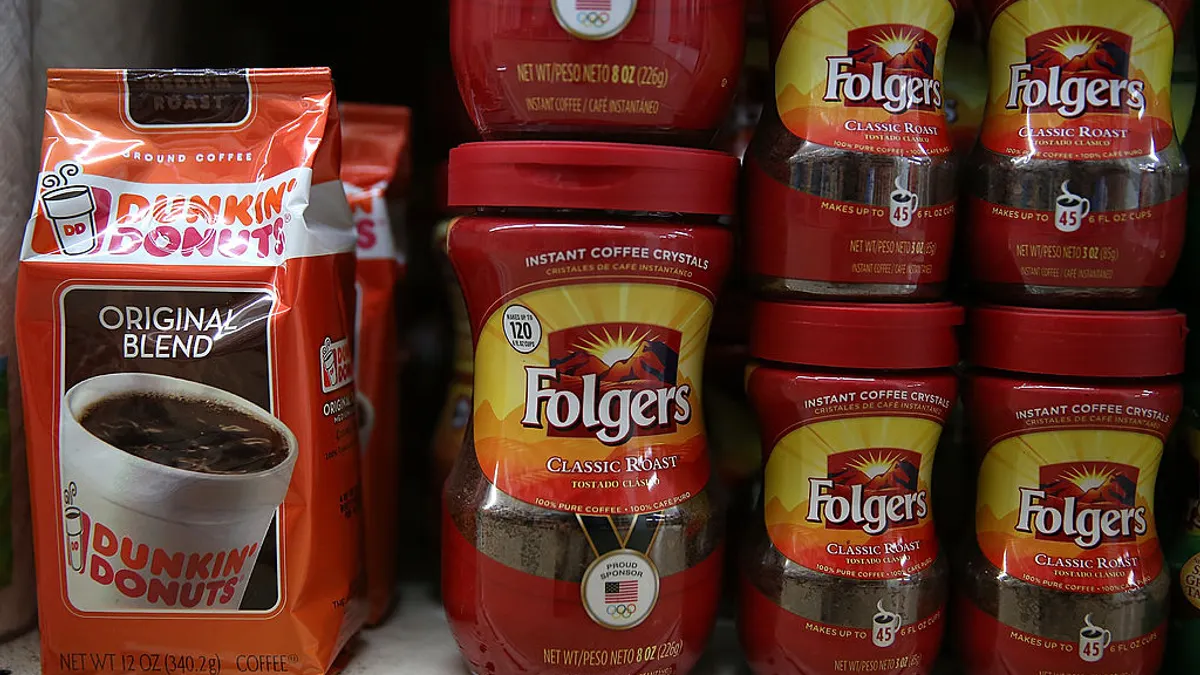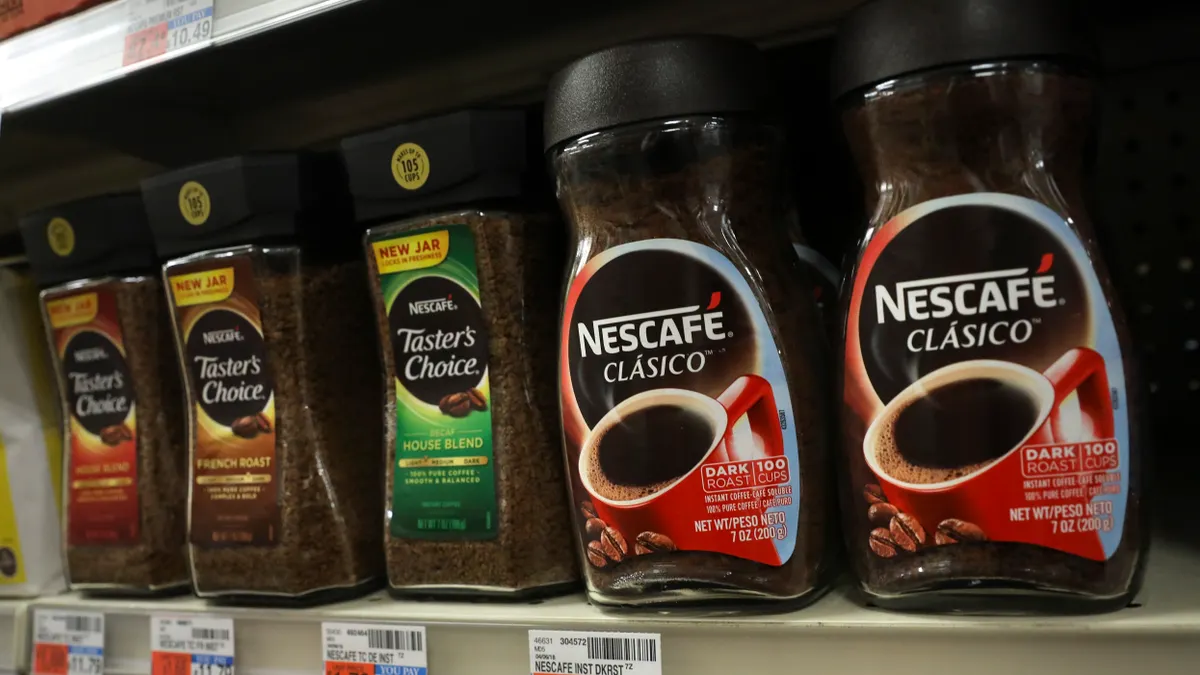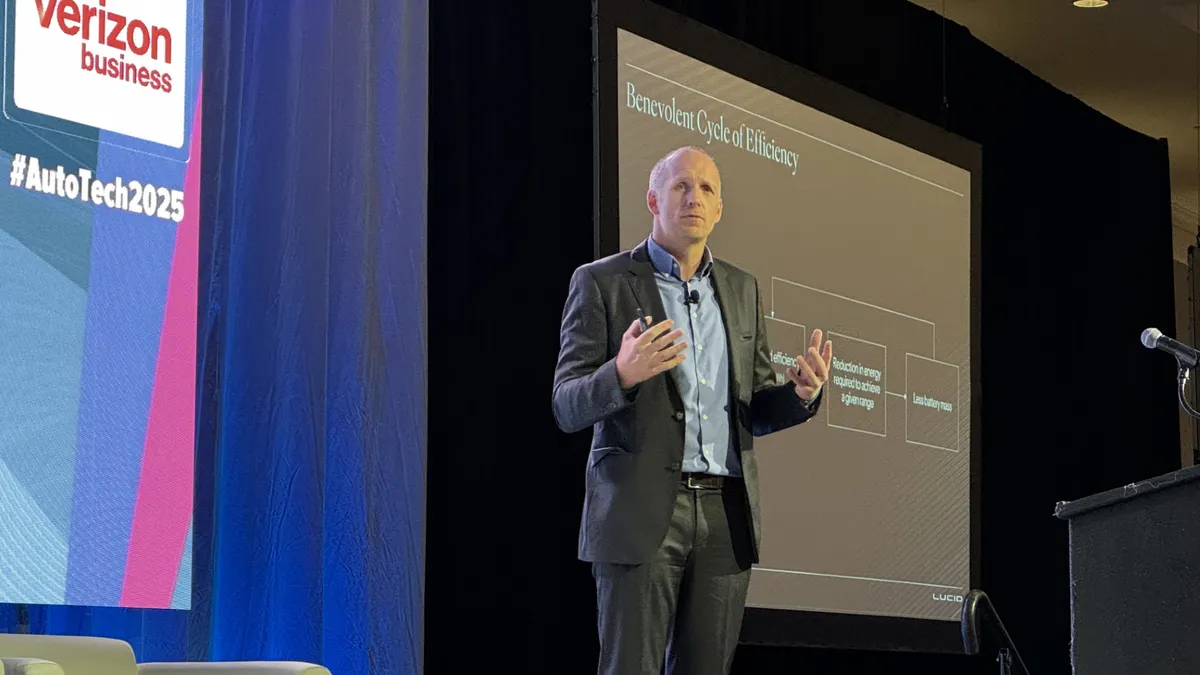Food production safety has been in the news in recent months, and not for good reasons.
In June, the Food and Drug Administration opened an investigation into the third death of an infant potentially tied to the recall of formula from the Abbott Nutrition Factory in Sturgis, Michigan. The same month, Family Dollar ceased shipments from an Arkansas warehouse it’s closing due to a rodent infestation that affected food and nutrition products.
Family Dollar and Abbott Nutrition are two egregious examples of on-site safety issues — an investigation found the Abbott facility had standing water, a lack of thorough hand washing and the distribution of untested product, for example. But it doesn’t take widespread disregard of food and sanitation practices to make facilities vulnerable to contamination or infestation when safety checks and balances aren’t followed.
“Breakdowns of any kind can happen even when we have systems in place,” said Mandy Sedlak, senior manager of food safety and public health for the EcoSure division of Ecolab. Having practical standard operating procedures is important, but so is the “realization that they will not work simply because they are written on a piece of paper.”
The problem is rarely a rogue employee opting not to follow protocols, Sedlak said. Instead, systematic failures from management focused more on the bottom line than project and worker safety can lead to calamity.
“I can tell you unequivocally that every single food borne outbreak I’ve been involved in, there’s always been some warning sign before the outbreak happened,” said food safety lawyer Bill Marler. “Not to use a cliché, but if they’d a food safety culture such that they were paying attention to it, they would have solved the problem before it happened.”
A checklist is only good when it’s checked
Ideally, warehouses that handle food and beverages have dedicated safety and sanitation professionals dedicated to completing tasks on FDA checklists of tasks and procedures. But checklists are only good if they’re used, and filled out properly.
“When you don’t follow proper procedures making sure that food is being kept at the right temperature, being stored properly and is being handled and transported properly, these things have a major impact on food safety,” said Barbara Sullivan, senior project manager at Procurant.
Some warehouses task newer hires with completing food safety checklists, which can lead to a lack of rigor while completing procedures.
“You’re relying on somebody that’s possibly new and doesn’t understand the severity of what they’re doing and they’re just pencil whipping,” Sullivan said.
Labor shortages amplify the problem, especially when it comes to safety checks, either because employees feel pressured to go through them quickly for the sake of efficiency, or they’re not properly trained on how to do them, especially in facilities where worker turnover is high, Sullivan added.
Technology and support can help workers avoid a culture of cutting corners
A dedication to safety — or disregard of it — usually comes from the top down. A whistleblower report to the FDA regarding Abbott outlined instances of falsifying records, deliberately misleading FDA inspection officials and an atmosphere of retaliation against employees who raised concerns about company practices.
Even in instances of less widespread safety and sanitization problems, it’s rarely because of something like one employee who doesn’t wash their hands, said Marissa Baker, assistant professor in environmental and occupational health sciences at the University of Washington.
Instead, the problem can often be found by “looking upstream and why does that worker feel like they don’t have time to wash their hands?” Baker said. “Is it because they not working fast enough, or is it there aren’t enough workers to tick all the boxes because wages are low, or people are out sick?”
Corporate culture should reassure employees they won’t face retaliation for highlighting potential safety issues, otherwise problems can build, she added.
“To me, I think of it as a failure of the safety climate and safety culture along the supply chain, such that folks have to cut corners in order to feel like they can keep working and keep their jobs,” Baker said.
To build a culture that prioritizes safety procedures, companies should utilize technology solutions, Sedlak said. Tools such as digital checklists that can be verified and check, in addition to remote temperature monitoring, are two ways to ensure a thorough approach.
Executives should also prioritize the welfare and wellbeing of workers — the importance of which was especially clear during the pandemic, Baker added. If employees don't feel valued by their company, they can be less engaged in their work, including when it comes to safety checks.
“If your workforce is not healthy and happy and have a high degree of well-being, it can have effects on the general public,” she said. “If you rely on baby formula or you shop at Dollar General or you shop anywhere that involves a warehouse, your health and your family’s health is dependent on the workers in that warehouse.”






















